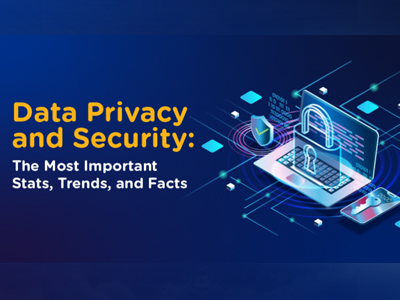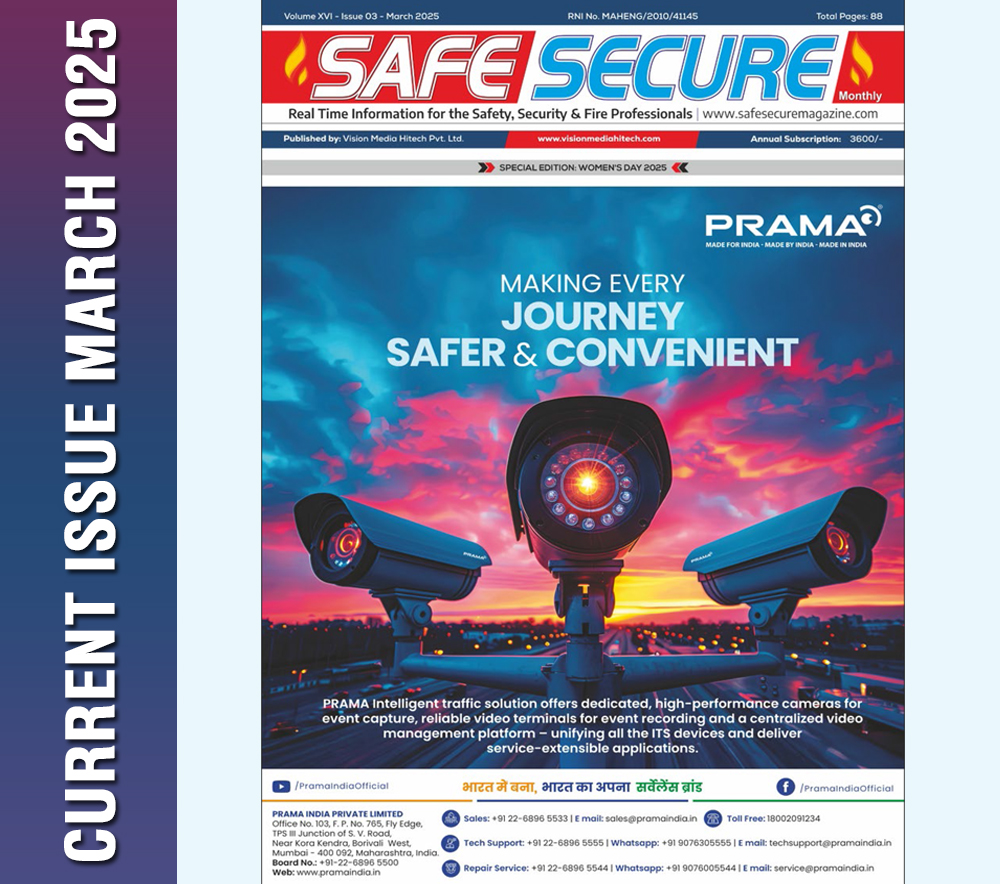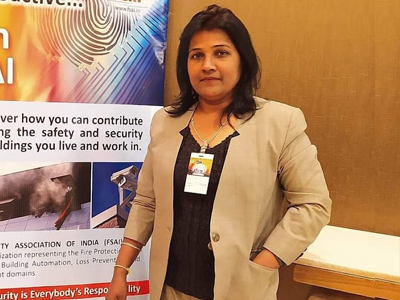Comprehensive Guide to Safeguarding CCTV Data: Best Practices for Access Control and Encryption in India

India's rapid adoption of Closed-Circuit Television (CCTV) systems reflects a growing need for enhanced security and monitoring across various sectors. From crime prevention to traffic regulation enforcement and facility security, the use of CCTV cameras has become widespread. However, the extensive data collected by these cameras, including video footage, timestamps, and other sensitive information, necessitates robust access control measures. This article explores best practices for safeguarding CCTV data, emphasizing the importance of access control, encryption, and secure storage solutions to protect privacy and ensure the integrity of surveillance information.
The Importance of CCTV Data Protection
CCTV systems in India are omnipresent, used across urban and rural landscapes, and serve multiple purposes. However, the proliferation of these systems also raises significant concerns about data protection. The data captured by CCTV cameras is considered sensitive under privacy laws and requires stringent protection measures to maintain public trust and comply with regulations.
In an era where data breaches and cyber threats are increasingly common, ensuring the confidentiality, integrity, and availability of CCTV data is crucial. Protecting this data not only preserves individual privacy but also upholds the public’s confidence in the use of surveillance systems. Failure to implement robust security measures could result in unauthorized access, data tampering, or misuse, potentially leading to legal repercussions and a loss of public trust.
Implementing Access Control Measures
Access control is the frontline defense against unauthorized access to CCTV data. In India, where privacy is a constitutionally guaranteed right, implementing strict access controls is essential. Below are some best practices to ensure that only authorized individuals can access CCTV data:
1. Role-Based Access Control (RBAC) : Implementing Role-Based Access Control (RBAC) is a fundamental practice to enhance security. RBAC allows organizations to assign access rights based on job roles. For example, only authorized security personnel should have access to live video feeds, while administrative staff might only have access to historical data. This minimizes the risk of unauthorized access and ensures that individuals only have access to the data necessary for their job functions.
2. Multi-Factor Authentication (MFA) : Multi-Factor Authentication (MFA) adds an extra layer of security to access control systems. By requiring multiple forms of verification—such as a password combined with biometric authentication—MFA significantly reduces the likelihood of unauthorized access. Implementing MFA ensures that even if one form of authentication is compromised, unauthorized users cannot easily access the CCTV data.
3. Regular Access Audits : Conducting regular access audits is essential to maintaining up-to-date access permissions. These audits help ensure that only current employees with the appropriate roles have access to CCTV data. Access rights should be promptly updated or revoked when an employee's role changes or when they leave the organization. Regular audits also help identify any anomalies or unauthorized access attempts, allowing for immediate corrective action.
Enhancing Security Through CCTV Data Encryption
Encrypting CCTV data is a critical step in protecting it from unauthorized access, especially during transmission and storage. Encryption ensures that even if data is intercepted or accessed by unauthorized individuals, it cannot be easily deciphered or misused.
1. End-to-End Encryption : Implementing end-to-end encryption is vital to safeguarding CCTV data from the moment it is captured until it is reviewed. This ensures that the data remains secure while in transit, protecting it from interception or tampering. End-to-end encryption is particularly important given the increasing cybersecurity threats in India, as it ensures the integrity and confidentiality of the data throughout its lifecycle.
2. Data-at-Rest Encryption : Encrypting data stored on CCTV storage devices—known as data-at-rest encryption—is equally important. In the event of physical theft or unauthorized access to the storage devices, encrypted data remains protected and unreadable without the appropriate decryption keys. This layer of security is crucial for protecting stored footage from potential breaches.
3. Regular Encryption Key Updates : Regularly updating encryption keys is a best practice to mitigate the risks associated with compromised or outdated keys. By periodically revising encryption keys, organizations can reduce the likelihood of data breaches and ensure that their encryption strategies remain effective against evolving threats.
Securing CCTV Storage Solutions
CCTV storage solutions play a critical role in data protection, as they house the sensitive information captured by surveillance cameras. Ensuring the security of these storage systems is paramount to safeguarding CCTV data.
1. Use Secure Storage Solutions : Investing in secure storage solutions that incorporate advanced encryption and security features is essential. Modern storage devices are designed with built-in security measures to protect data from unauthorized access. Organizations should prioritize storage solutions that offer robust encryption and security capabilities to ensure the safety of CCTV data.
2. Limit Access to Storage Infrastructure : Physical and logical access to storage infrastructure should be strictly controlled. Unauthorized access to the storage facility or network can compromise the stored CCTV data. Implementing stringent access controls, such as restricted physical access and network segmentation, can help protect the integrity of the storage infrastructure and prevent unauthorized data access.
3. Regular Data Integrity Checks : Conducting regular data integrity checks is crucial for identifying and addressing any discrepancies or signs of data manipulation. These checks ensure that archived CCTV data remains unaltered and reliable. Any detected anomalies should be thoroughly investigated, and appropriate measures should be taken to rectify potential security breaches.
Ensuring Continuous Protection: Software Update and Patch Management
The dynamic nature of cybersecurity threats necessitates continuous vigilance and proactive measures to protect CCTV systems. Regular updates and patch management are critical components of a robust security strategy.
1. Automated Patching : Automated patching helps ensure that CCTV systems and associated software are always up to date with the latest security fixes. This practice minimizes the risk of exploitation due to known vulnerabilities and reduces the administrative burden of manual updates. Automated patching is particularly important for large-scale CCTV deployments, where manual updates may be impractical.
2. Vendor Support and Updates : Selecting reputable vendors for CCTV systems and software is essential. Trusted vendors provide ongoing support, including regular updates and security patches, to address emerging threats. Organizations should maintain active relationships with their vendors to stay informed about the latest security updates and ensure that their systems are always protected against new vulnerabilities.
Conclusion
Protecting CCTV data in India is a complex task that requires a combination of physical access controls, encryption, secure storage solutions, and vigilant software management. As the use of CCTV systems continues to grow, so too does the need for proactive security measures to protect sensitive data.
By implementing robust role-based access controls, employing comprehensive encryption strategies, securing storage infrastructures, and staying vigilant with software updates, organizations can significantly reduce the risk of unauthorized access and data breaches. The future of CCTV data security in India depends on the continued commitment to these best practices, ensuring that the privacy and security of surveillance information are maintained in an increasingly digital world.





.png)







